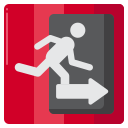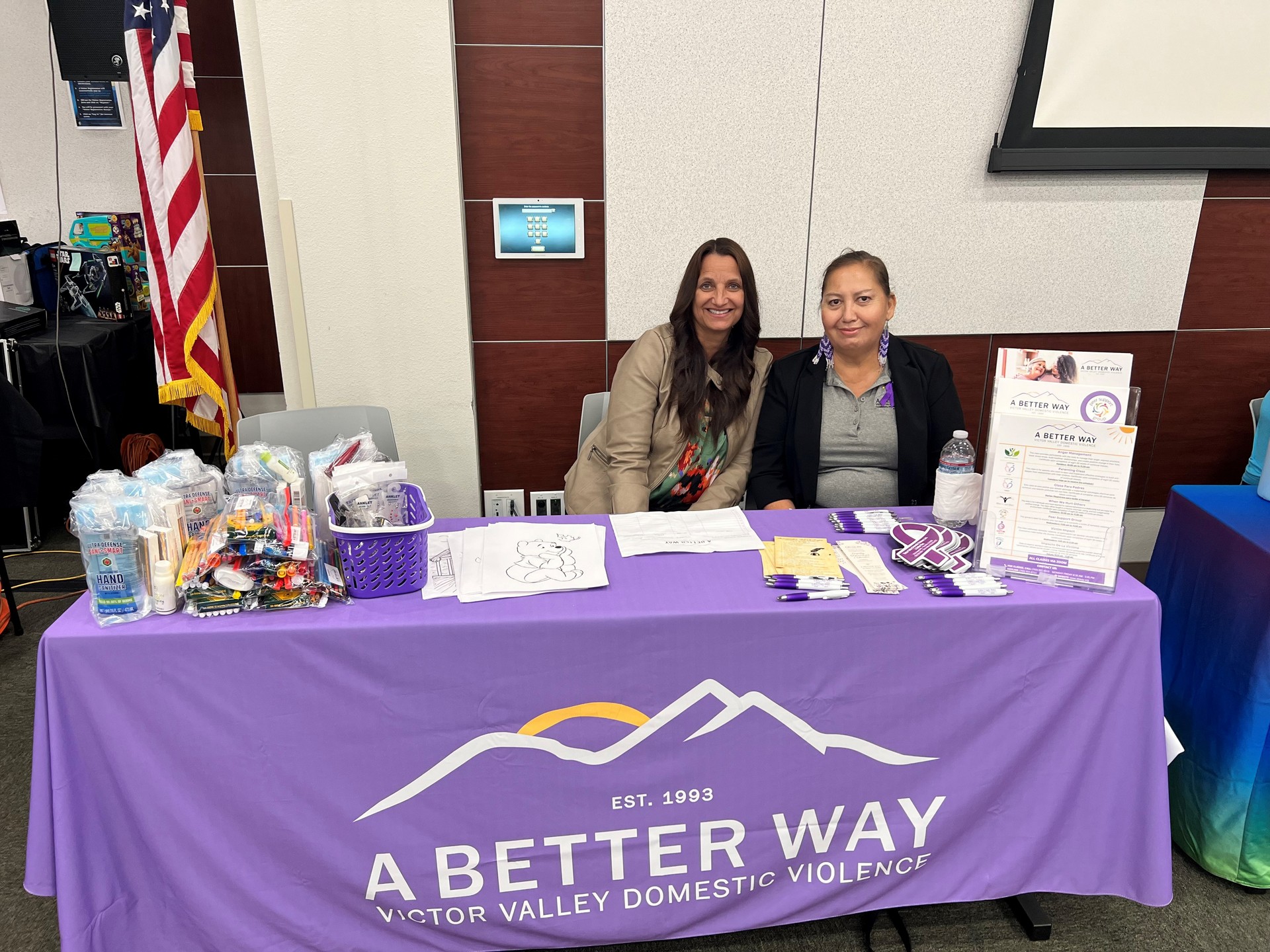
Emergency
Exit

Emergency
Exit
If you need immediate help,
Call our 24x7 Hotline
(760) 955-8723
IF YOU ARE IN DANGER, CALL 911

It's really important for people facing domestic violence to have a safety plan. This plan helps them stay safe and make smart choices when things get tough. It's like having a roadmap to protect themselves and their loved ones from harm. With a safety plan, you can be in control of your own safety, get support from others, and know what to do in difficult situations. It's a way to break free from an abusive situation and look forward to a safer and better future.
If you're facing domestic violence, know that "A Better Way" is here to support you. You don't have to endure this alone. Our organization is dedicated to helping survivors like you find safety, healing, and hope. We have a caring team ready to assist you every step of the way, offering shelter, resources, and guidance to help you regain control of your life. You deserve to live free from fear and violence, and we're here to help you on that journey. Reach out to us today, and let us be your partner in breaking free from the cycle of abuse. You're not alone;
"A Better Way" is Here for You!
A safety plan is a personalized guide to enhance your safety while dealing with abuse or preparing to leave an abusive situation. It includes tailored information to help you cope with emotions, inform friends and family, and access resources specific to your situation. Planning ahead is crucial because crisis moments can make clear thinking difficult. Having a personal safety plan ready can protect you and others during high-stress times.
The National Domestic Violence Hotline
interactive guide to safety planning offer important guidance for creating a safety plan. It's valuable for survivors, concerned friends, family members, or anyone worried about safety.
To create your Personal Safety Plan, click the button below and dedicate some time to go through each section of this safety planning tool. It will guide you with a series of questions to identify your safety options. Feel free to use this tool independently or enlist the help of a trusted friend or adult.
Online Safety:
It's essential to know that your computer tracks what you do online. So, be careful about what you share and send, as someone might be keeping an eye on it. For safer browsing, use computers at places like the library, an internet café, your workplace, or a tech center. Don't use shared computers, especially when looking up personal stuff like travel plans or safety tips. Also, consider using a VPN for extra protection.
Email Safety:
Emails are handy for staying in touch with friends and family. To keep things safe, create an email account your partner doesn't know about on a secure computer for private conversations. Use different ways to contact people so they can reach you elsewhere if needed. Keep your regular email active with non-private messages to throw off suspicion. You can also use encrypted email services for extra security.
Cell Phone Safety:
Cell phones are awesome, but they can also reveal your location and what you're up to. If you're in a tricky situation, think about getting a secret, pay-as-you-go phone and stash it in a safe place. Put a strong password on your main phone and update it often. If you're worried your phone is being watched, get it checked for spyware at a phone store. If you have an Apple device, check out Safety Check to control who sees your info.
Social Media Safety:
Social media posts aren't as private as you might think. So, be careful with personal info like phone numbers and addresses. Set strict privacy settings, and don't let others tag you in their stuff without your okay. Also, respect your friends' privacy and don't share their stuff without asking. It's all about setting boundaries and keeping safe online.
Children and Domestic Violence:
Keeping your children safe is a top priority, whether you're at home, out in public, or if they spend time with your abusive partner without supervision. A good safety plan includes customized strategies for your children's safety during these times. This involves talking to them about age-appropriate ways to protect themselves if violence happens and helping them remember important details and items when preparing to leave a dangerous situation.
Keep Them Safe:
You know what's best for your kids, and we're here to assist you in finding ways to keep them safe and empowering them with the knowledge they need to stay secure. Children who experience abusive situations deal with complex emotions without always having the support they need. Ensuring their physical and emotional well-being, regardless of their age, is vital.
Teach Them:
Teach your children that their safety comes first, even if they want to protect you or someone else during a crisis. Let them know that the preparations you're making are to ensure everyone's safety during emergencies. Be aware that your partner may try to manipulate your children to harm you, so educate them about healthy relationships and that violence is never acceptable.
Don't Blame Them:
Never blame your children for how they react to your partner's abusive behavior, especially if they reveal your plan to leave. Make sure they understand that the violence is not their fault and that abuse is never okay, even from someone they love.
Access to Trusted People:
Encourage your children to confide in trusted people other than yourself, and help them identify these individuals in their life. If possible, consider enrolling them in culturally relevant counseling or child therapy programs.
Above all, remind your children that you are there for them and that your love for them is unconditional.
SOURCE
National Domestic Violence Hotline. (2020, January). Plan for Safety.
Relationship Abuse Safety Planning | National Domestic Violence Hotline (thehotline.org)
